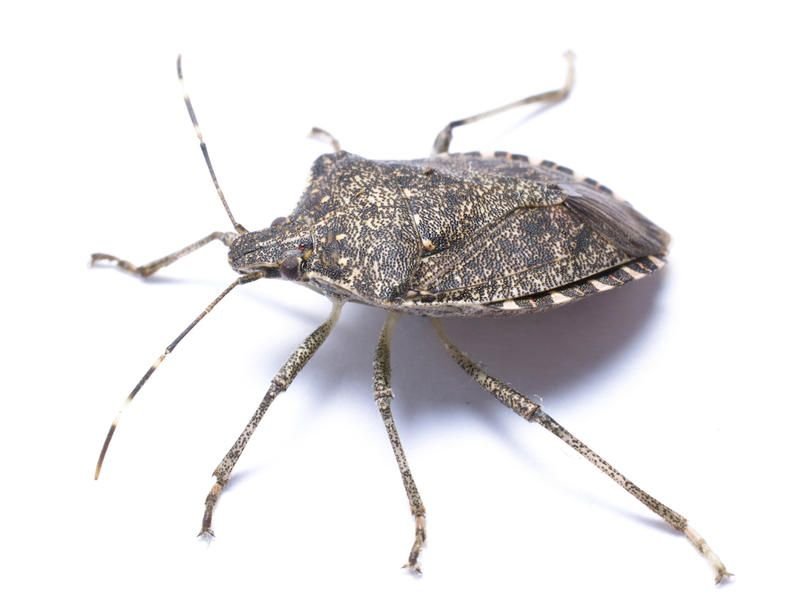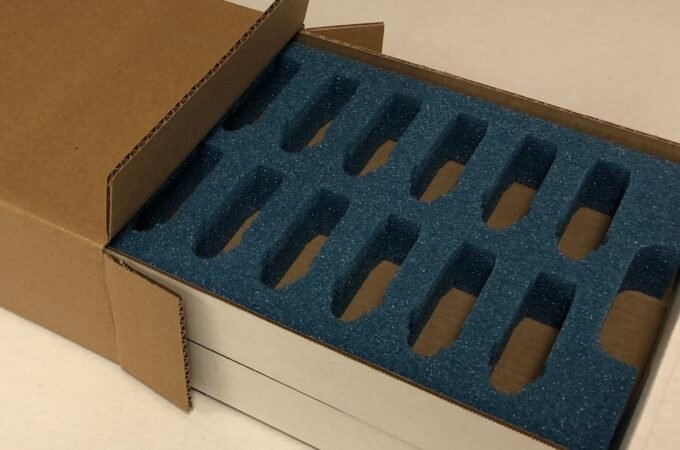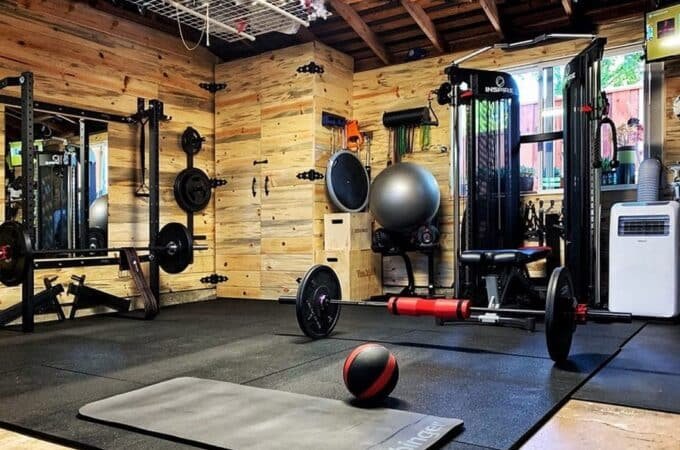
How to Identify Indoor Insects
In a perfect world, there are no insects inside your home. However, this is virtually impossible. Doors and windows open in the nicer weather and cracks in your home all allow these insects in.
The trick is to be able to identify the insects. This will help you to decide the best course of action, whether that’s a trip to the local store or a call to your pest control expert.
Fortunately, it’s not too difficult to identify indoor insects, many of them have specific habits that make identifying them easy.
Ideally, you’ll capture an example of the insect, making it very easy to identify. But, if you’ve seen it and not caught it there are several steps you need to take in order to identify the insect:
Location
When looking for a house it’s all about location. The same is true in the insect world. Knowing where the insect lives are the first clue regarding what it is. For example, an insect found in your bathroom will prefer damp environments, good examples of these are centipedes, silverfish, and even carpenter ants, although they also need wood.
Legs
Insects have 6 legs whereas spiders have 8 legs, and centipedes have a lot more! It’s much easier to identify any insect if you know how many legs it has.
While you’re looking don’t forget to see if it has wings or not. This can narrow the search although some ants and termites have wings while the majority do not!
Take A Picture
Your smartphone will allow you to take a high-quality picture of the insect, helping you to identify it properly. Don’t forget insects move fast, get one photo and then try to get more, closer to the insect.
Identification
You have everything you need to identify the indoor insect. The first step will be to go online and enter the details that are obvious about your insect, such as color and number of legs/spots.
You should also enter the location of your insect and then click on the images option.
You’ll be presented with hundreds of images, you simply need to find the one that matches the image on your phone. This will help you to identify the insect.
But, that’s not the end of the story. You’ll now need to assess the risk. Research the insect to decide the risk to human health and to your property. You can find out how much of a risk it will be to your home before you contact the experts and ask them to both confirm the insect issue and deal with the issue.
Don’t forget, the experts will clear the insects from your home and provide you with a guarantee. You can click here to find one. They are faster and better at it than you are! But, you should also complete a visual inspection of your home to locate any cracks and gaps that may allow insects in. The sooner you seal them the less likely it is you’ll have another issue.

Michelle Joe is a blogger by choice. She loves to discover the world around her. She likes to share her discoveries, experiences, and express herself through her blogs.






